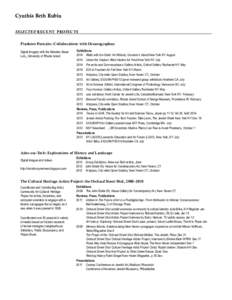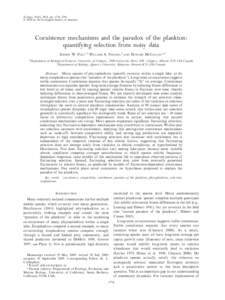 Date: 2011-05-06 21:11:56Physical geography Water Ctenophores Mertensia ovum Gelatinous zooplankton Ctenophora Diplulmaris antarctica Plankton Copepod Biology Biological oceanography Planktology | |  We thank Fraser Shilling for assistance in analyses of biomass, Richard Rivkin for information on the abundance of natural food particles, Pam Blades-Eckelbarger for help with electron microscopy, and Donal Manahan and V We thank Fraser Shilling for assistance in analyses of biomass, Richard Rivkin for information on the abundance of natural food particles, Pam Blades-Eckelbarger for help with electron microscopy, and Donal Manahan and V
Add to Reading ListSource URL: s3.amazonaws.comDownload Document from Source Website File Size: 2,95 MBShare Document on Facebook
|

 We thank Fraser Shilling for assistance in analyses of biomass, Richard Rivkin for information on the abundance of natural food particles, Pam Blades-Eckelbarger for help with electron microscopy, and Donal Manahan and V
We thank Fraser Shilling for assistance in analyses of biomass, Richard Rivkin for information on the abundance of natural food particles, Pam Blades-Eckelbarger for help with electron microscopy, and Donal Manahan and V

